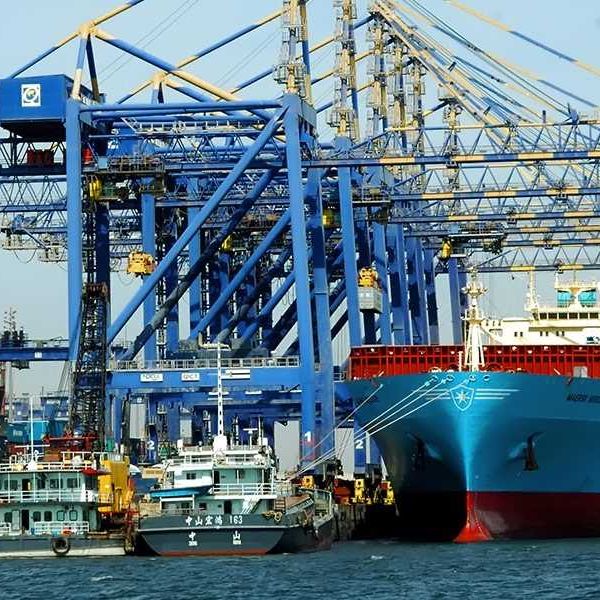Sindh CM assures ample wheat availability as price surges 37%
Murad Ali Shah says govt has enough stocks to cover the province's needs till March

Hammad Qureshi
Senior Producer / Correspondent
A business journalist with 18 years of experience, holding an MS in Finance from KU and a Google-certified Data Analyst. Expert in producing insightful business news content, combining financial knowledge with data-driven analysis.

Reuters
The price of wheat flour in Sindh has increased by 37% in a month, despite assurances by the chief minister that the province has adequate wheat stocks to cover the province’s requirements till March.
Chief Minister Murad Ali Shah on Tuesday said the province has “adequate wheat stocks”, enough to last till the next harvest in March.
Officials have confirmed that Sindh has 1.3 million tons of reserve wheat in hand, with another 600,000 tons circulating in the market. The quantity is more than enough to fulfil Sindh and Balochistan’s monthly requirement of 400,000 tons till February.
But despite CM Shah’s proclamation and official confirmation of adequate stocks, a different reality is unfolding in the market. Since August, the ex-mill price of atta (flour) has jumped nearly 37% — from PKR 71.5 to PKR 98 per kilogram. The price of wheat has also surged by over 40%, from PKR 67 to PKR 94. In the open market, chakki atta (whole wheat flour) is selling for PKR 130 per kilogram, squeezing household budgets further.
While the chief minister has stressed “strict monitoring” of wheat stock and also announced a new wheat release policy, the price has increased due to unchecked activities of profiteers and hoarders.
The price hike has come at a time when there is a risk of looming inflation, as damage caused to crops during floods in Punjab and Sindh has disrupted the food supply chain.
According to a recent report by JS Global, food items like wheat, onions, tomatoes, and chilies are also expected to be in short supply, with inflation potentially hitting 8% in a worst-case scenario.
Weekly Sensitive Price Index (SPI) readings in September have remained elevated, with September inflation likely to come in at 5%. This has put the annual inflation projection in a varying range: around 6.5% in the base case, 7.7% in a conservative scenario, 8.2% if elevated food prices persist, and up to 9.5% if trends from FY23 recur.
Meanwhile, the State Bank of Pakistan has noted that the overall impact of this year’s flooding is expected to be significantly lower than in 2022, as the quantum of losses to agricultural output is less than the tragedy three years ago.
During an analyst briefing after the monetary policy announcement, the State Bank of Pakistan management said that while rice output and exports will be partially affected by floods, the scale of the shock is far less severe than in 2022.










Comments
See what people are discussing